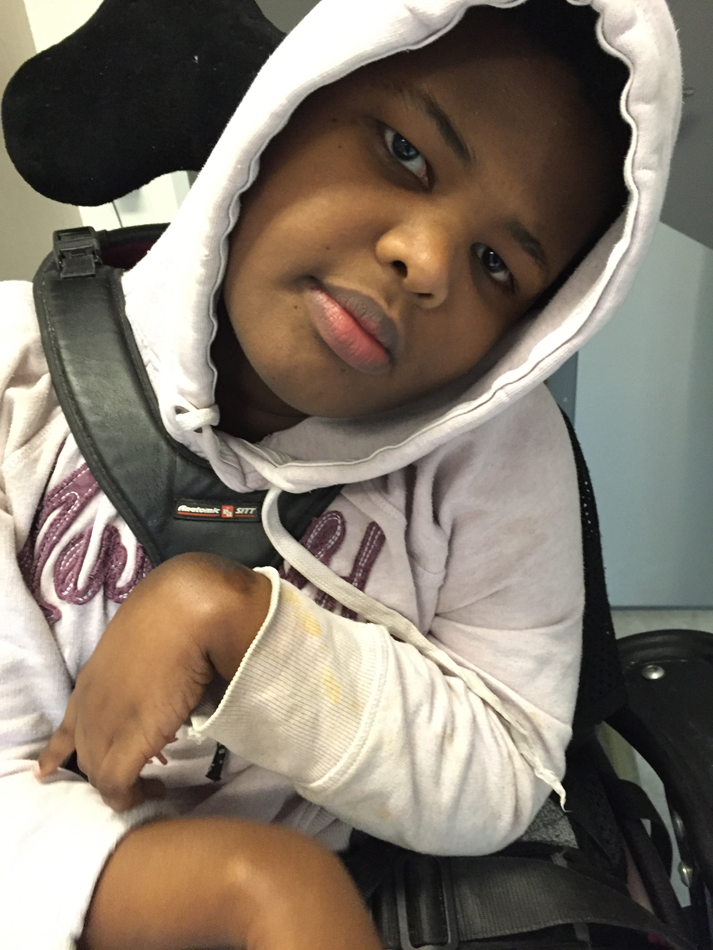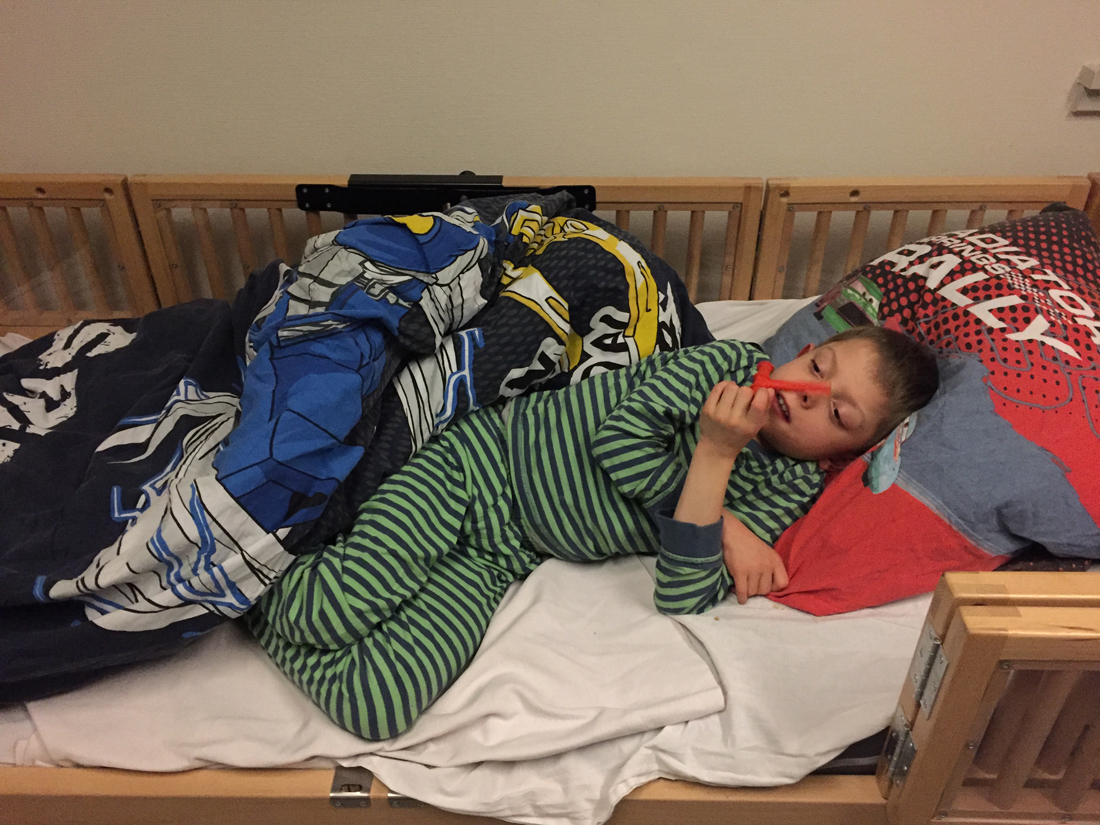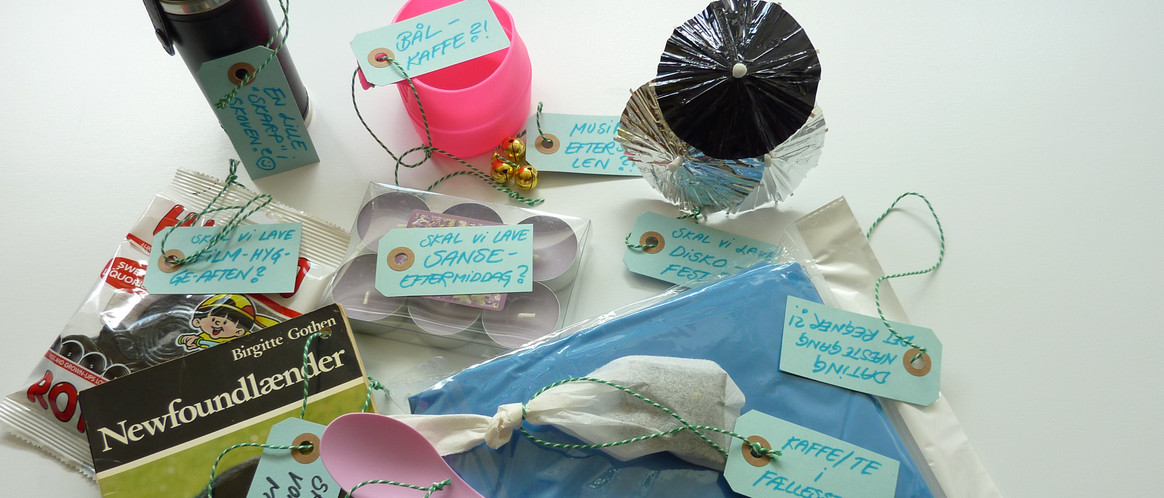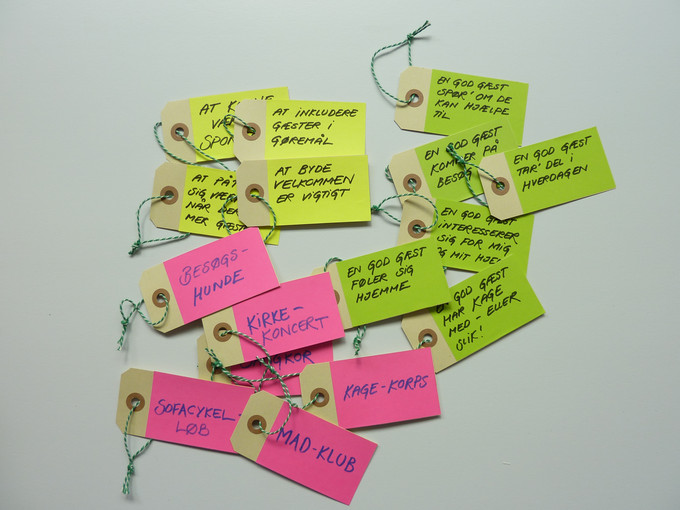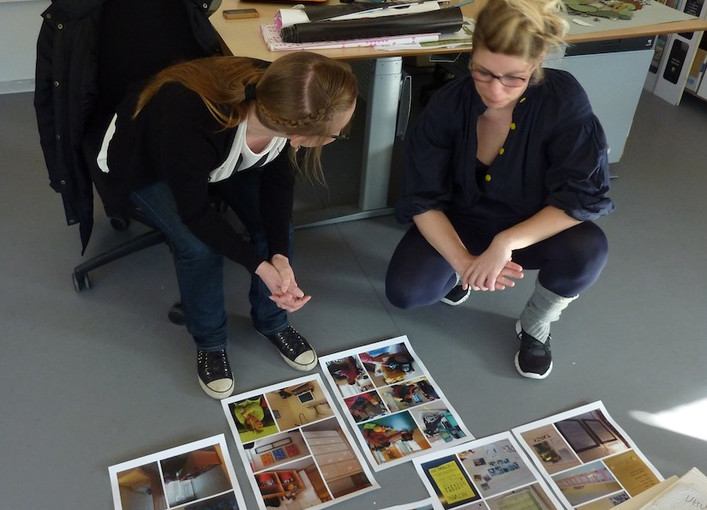What i know about social design and how i have engaged with social design
What is social design to me?
Social design is about creating with or for a community. It’s about creating design through dialogue where ideas, beliefs and rituals should be discussed in order to design a solution or an object that benefits or helps a group of people. The designer should be able to connect with a community in a way, where the designer fully understand the community’s request(s) and need for change or a smarter solution. Social design is about humans, not the society.
From my personal experience, i have learned about the importance of social design, from working at an institution for disabled children, throughout and after my years in highschool. The residents at the institution called Tjørringhus are all multi-handicapped children between 4 and 18 years old. They need constant support, including personal hygiene, feeding, getting in clothes, brushing teeth etc. In order to help the child through its daily chores, as easily as possible, my coworkers and i, where deeply dependent on the resources and tool remedy’s we had. The same were the residents! Those resources were specially designed, to make daily life as convenient for both staff and residents, such as the childrens adjustable wheelchairs and lifts to move the child around and special designed cars, where wheelchairs would fit in perfectly, and could be secured safely. All of these indispensable resources have been made in close cooperation with designers, who have visited the institution, met the residents, experienced their daily needs, talked with the childrens parents, had talks and discussions with the staff at Tjørringhus. From those talks and experiences, the designers have been able to make the best possible solutions for both the residents and the staff working for and with the children.
The institution were at one point, over a period of one year where i was working full-time, involved with a danish design school, who made a project about social design and designing social relations. The aim of the project was to give the residents at Tjørringhus more and better relationships with the surrounding community. Neighbors, family, friends, and volunteers should be involved in the project and inspired and well dressed to take co-responsibility for their fellow citizens, at Tjørringhus. So in that way it was not only the public represented by the employees on the institution, who should be responsible for the citizens’ social relations.
The result of the project, was a great success. In fact the residents at Tjørringhus, now got more relationships, in the form of volunteers, taking the residents to activities and arranging activities in the home. In this way the institution has become a part of society and society a part of the institution. The more volunteers have also given the employees of Tjørringhus more time, which they can use on residents who need extra support. I felt it myself, while working on Tjørringhus. It was a huge opportunity for us, as employees to have more time with an individual child and get to give the child caring attention while doing activities.
The methodes that were used by the designers, that i understood, and the other staff got to know, while the project was ongoing was;
– Empathize, where the designers create understanding for the user.
– Define where the designer formulate insights and find an understanding of recognized and unrecognized needs and longings.
– Idea where the designer draw up as many ideas and suggestions as possible in several different directions.
– Prototype, where the designer build a model or kind of tale of the change they want to introduce.
– Test where the model is put into a context and evaluated by the users.
As part of the process, the designers completed field studies at Tjørringhus. Through a month, citizens and employees attended the home to gain knowledge and gain an understanding of their respective situations, challenges, wishes and needs. Based on field studies, the designers developed a number of so-called “social prototypes”; ideas for social relations with the residents and ways to create them. The prototypes were tested on stakeholders and further developed into the unifying concept: “Guest Bud” – How do you receive guests and how will you be a good guest at Tjørringhus?
With the “Guest Bud” as a starting point, the designers developed three solutions:
– A communication tool for Ipad for the children on Tjørringhus. The tool allows the residents to present and tell about themselves. The residens at Tjørringhus have no language and therefore can not present themselves in a “normal” way. The ipad can always be used by the resident and they can then start an interaction – and a relationship. A tool we ended up having great use of at Tjørringhus. It gave the children the opportunity to explain themselves in a way, that haven’t been possible for the children before.
– An activity tool for employees and guests at Tjørringhus, which shows what activities and forms of interaction that are meaningful for relatives and outsiders to involve the resident. The child’s handicaps require that you as a guest find ways to be with the them in addition to the usual ‘everyday talk’. Lots of volunteers who, as mentioned, involved the residents in activities in society and involve society in activities with the children at Tjørringhus. The designers found several ways to do this, but what we ended up using the most was a simple solution with ideas for activities in a big box, that were special made, in colaboration with the designers, and some pedagogues working at Tjørringhus.
Another new social design project, that my previous head of department at Tjørringhus made me aware of is `Medicine dosed with design` – a collaboration between TEKO Design School and the municipality of Ikast-Brande that will reduce medication errors.
A very large proportion of the unintended incidents, which are reported to the municipality of Ikast-Brande, are about emergency medicine. It is especially in the municipality’s nursing home, in home care and on housing that the problem arises. In the nursing home, ‘medication not given’ represents 63% of all reported events. In home care, it is 52%, and at residential facilities it is 46%.
This is why the special unit for Quality and Innovation under the Elderly and Disability Administration in Ikast-Brande Municipality has entered into a partnership agreement with TEKO Design School. The primary aim of the agreement is to get the designers’ help to find a new solution that can reduce the number of errors in the delivery of medicines in the elderly sector.
The partnership means that a group of employees at selected care centers conducts a design process under the leadership of TEKO’s professional designers and developers.
The key to the designer is to identify and solve challenges and problems in a way that makes sense for the employees, residents and any relatives who are included in the handling of medicine. This means that users can connect with the solutions – emotionally, functionally, socially and culturally.
Designers solutions seem intuitively attractive because they are created in a tension between the creativity and vision of the designer, on the one hand, and the users’ own experiences and ideas. It creates a balance between innovation – the surprising – and the users’ need for recognition. This avoids “waste” in the form of products that never reach the market or public service, which neither users nor staff find attractive and therefore easily turn their backs.
There’s still yet no concrete solutions, for what this social design project will lead to, but it does show the constant need for specialized designers, who can design responsible solutions for societies.
The experience of being a part of the project at Tjørringhus, or at least be able to stand on the sideline, observing how the project evolved and included both residents, staff at Tjørringhus and volunteers showed me the importance of social design and designing for and with people to improve their life quality.
